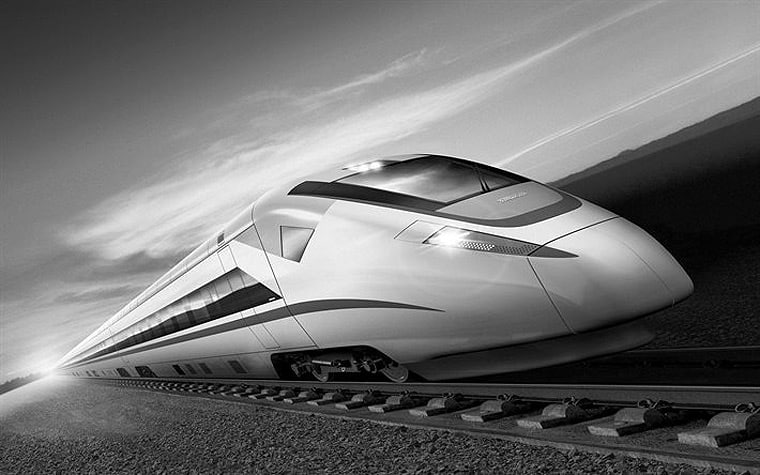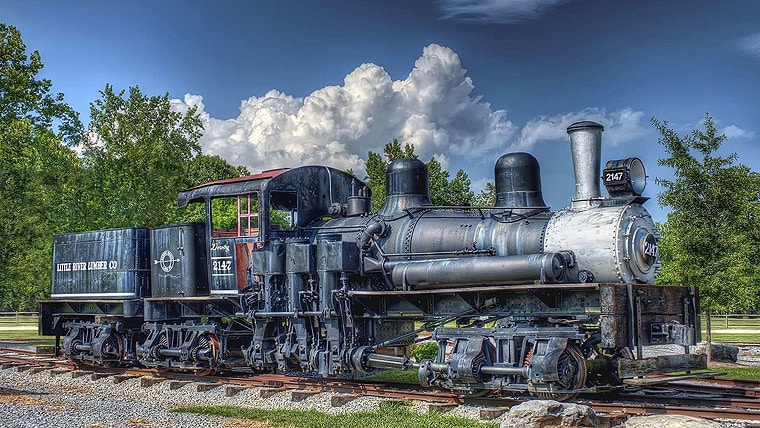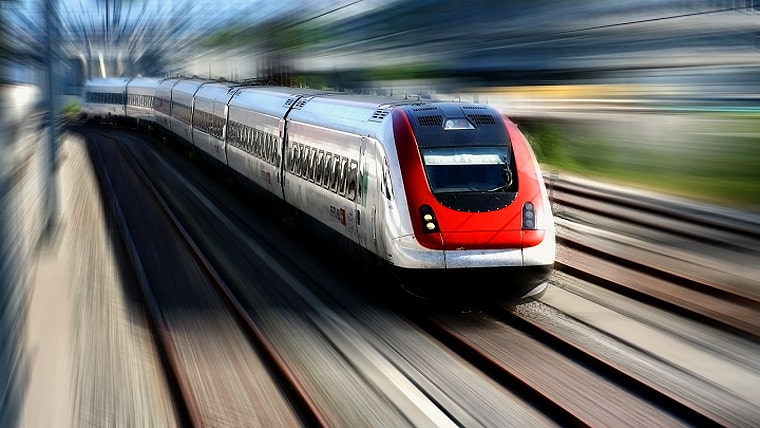The Challenge of Designing A Faster Train
Faster is genuinely better when you’re trying to simply get from point A to B. Train travellers would love to cut down the time they spend trapped inside a metal box rolling along tracks. No one ever complains about a train being too fast.
But designing a faster train isn’t the same as designing a sports car. Designing high speed rails isn’t about dropping a bigger engine in the hood and cutting the weight. It takes a lot more than just a bigger engine to get a train to move significantly faster.

Designing Faster Trains for the 21st Century
Making trains go faster without compromises is a complex design and engineering process that involves a fair share of infrastructure development, safety protocols, cable testing, and noise prevention.Â
Finances, logistics and even the limits of the human body have prevented us from connecting all the major cities in the world with high speed trains.
The Design Problem
The human body simply isn’t designed for rapid acceleration. Planes and trains must account for the ‘motion sickness’ or low vibrations most people feel when their bodies are rapidly accelerated. Train can’t leave a station too fast or the g-forces will cause people to black-out.

Then there’s the issue of logistics. Moving at ground level means pushing air out of the way to get further. Airplanes usually travel high enough off the ground where the air is thinner, so this isn’t a problem.
However modern trains need a lot more power and energy to push through at higher speeds. A train travelling at 300mph needs 2700% more power than one travelling at 100mph. This is known as air resistance and it’s the biggest challenge for train designers.
Navigating Tight Bends and Turns
There’s also the need to take turns and go around bends. A train travelling in a perfectly straight line would be much simpler to design and would, of course, go much faster. But topography seems to get in the way of this. Lakes, roads, rivers, and even buildings get in the way. Trains need to be able to bend without cutting down speed.
The Perfect Solution
Despite the odds, engineers have been trying to make trains go faster since their inception. Inspired by motorcyclists in the 70’s, trains were made to tilt at bends instead of turning completely. Tilting trains meant the centrifugal forces on the passengers’ bodies was cut drastically. It also meant the train could go much faster without having to slow down at every turn or bend.
Making Trains Go Faster
French company Alstom reduced the degree of the tilt slightly so people looking out the window didn’t start feeling sick looking at the way the horizon shifted. Their trains broke the world speed record in 2007 travelling at 359mph.

France’s train tracks are remarkably smooth since they are welded together and specially designed for these high speed trains. All these factors made Alstom’s train not only the fastest, but also one of the most comfortable trains at the tiame.
Innovating designers from around the world are now trying to make Elon Musk’s Hyperloop system a reality. By shooting pods across a vacuum, the air resistance is completely cut out.
Travel could eventually be as fast as 700 mph in the near future if they solve all the issues with the current designs. Fortunately, there are still plenty of bright minds taking up the challenge to make us go faster by train as the 21st century progresses onward.


